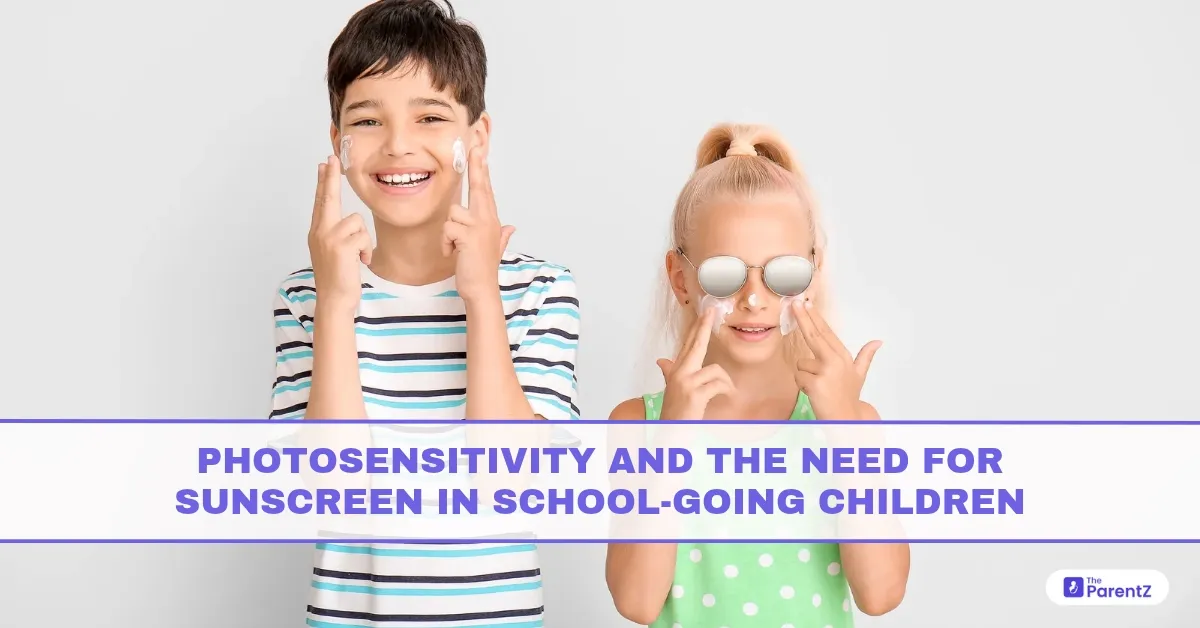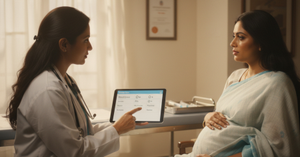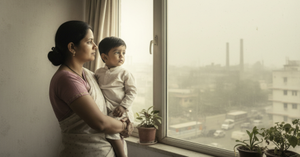The sun is vital for our health. It helps synthesize Vitamin D, boosts mood, and encourages outdoor play. But for school-going children, especially in India’s tropical climate, unprotected sun exposure can pose real risks, particularly in those with sensitive skin or medical conditions. Photosensitivity, a condition where the skin becomes unusually reactive to sunlight, is more common in children than many realise.
Sunscreen isn’t just a cosmetic product. For children, it is a shield against harmful UV rays, painful rashes, and long-term skin damage. It is time we reframe sunscreen as a daily health essential, not just a summer or holiday item.
What is Photosensitivity?
Photosensitivity refers to an abnormal skin reaction to sunlight, especially to ultraviolet (UV) radiation. It can present as:
- Sunburn-like redness
- Itchy rashes or bumps
- Hives or blistering
- Patchy or uneven skin tone
- Increased pigmentation in affected areas
In some children, even brief sun exposure—like walking to the school bus stop, can trigger these symptoms.
What Causes Photosensitivity in Children?
Photosensitivity can be inherent (genetic or skin-type related) or triggered by external factors:
1. Skin Type
- Children with fair skin, eczema, or albinism are naturally more photosensitive.
- Wounded, peeling, or recently treated skin (e.g., post-fever rash or acne creams) is also more vulnerable.
2. Medications
Some common medications increase sun sensitivity:
- Antibiotics (e.g., doxycycline, ciprofloxacin)
- Antihistamines
- Certain acne treatments
- Iron and antifungal medications
3. Medical Conditions
Autoimmune or metabolic conditions like lupus, porphyrias, and xeroderma pigmentosum can make children extremely sun-sensitive and require strict sun protection.
4. Environmental Triggers
Pollution, pollen, and sweat can aggravate photosensitive reactions, especially when children are outdoors for long hours.
Why Sunscreen Use Matters
1. Protects Against Immediate Skin Damage
Children’s skin is thinner and more sensitive than adult skin. A sunburn in childhood not only causes immediate discomfort but also increases the risk of long-term skin damage.
2. Prevents Long-Term Risks
Repeated unprotected sun exposure in childhood can lead to:
- Early skin aging
- Persistent pigmentation issues
- Higher lifetime risk of skin cancer
- Exacerbation of chronic skin conditions like eczema or melasma
3. Supports Healthy Outdoor Activity
Children are meant to play and explore. Sunscreen ensures that they can safely enjoy outdoor sports, physical education, and travel without fearing skin damage.
Choosing the Right Sunscreen for Children
Not all sunscreens are safe for school-going children. Here’s what to look for:
1. Broad-Spectrum Protection
Choose sunscreens labeled “Broad-Spectrum”, which protect against both UVA and UVB rays.
2. SPF 30 or Higher
SPF 30 is sufficient for daily school use. SPF 50 may be preferred for extremely sun-sensitive kids or those outdoors for extended periods.
3. Physical (Mineral) Sunscreens
Opt for mineral-based sunscreens containing:
- Zinc oxide
- Titanium dioxide These are gentler, non-irritating, and safer for children’s skin.
4. Fragrance-Free & Hypoallergenic
Avoid sunscreens with perfumes, alcohol, or preservatives like parabens. These can trigger rashes or allergies in young, sensitive skin.
5. Water-Resistant Formulas
Ideal for kids who sweat, play sports, or are exposed to water. However, water resistance does not mean waterproof reapplication is still needed.
How to Apply Sunscreen Correctly
1. Apply 20 Minutes Before Sun Exposure
Give it time to bind to the skin before stepping out.
2. Use the 3-Finger Rule
For school-going children, use:
- 1 finger-length for the face and neck
- 1 for both arms
- 1 for lower legs and feet (if exposed)
3. Don’t Forget Often-Missed Areas
Ears, back of the neck, hands, and the top of the feet are commonly forgotten but equally vulnerable.
4. Reapply Every 2–3 Hours
Especially if sweating or washing the face. For most school days, one morning application may be enough if the child is indoors thereafter.
Is Sunscreen Safe for Children?
Yes, when used appropriately, sunscreen is safe and strongly recommended by dermatologists and pediatric associations.
Avoid sunscreen in infants under 6 months, as their skin is extremely sensitive. Instead, rely on protective clothing, hats, and shade.
Additional Sun Protection Tips for School Days
- Wide-brimmed hats protect the face and neck
- UV-protective sunglasses for older children
- Full-sleeved uniforms or cotton shrugs during hot months
- Encourage children to avoid direct sun between 11 a.m. and 3 p.m. if possible
- Provide cool water bottles and face wipes to soothe heat-exposed skin
When to See a Doctor
If your child experiences:
- Recurring red or itchy skin after sun exposure
- Rashes that don’t improve with home care
- Dark patches or pigmentation
Conclusion: Sunscreen is a Daily Health Habit, Not a Luxury
Just like brushing teeth or wearing clean clothes, applying sunscreen should be part of a child’s daily hygiene routine, especially in a sun-rich country like India. Early sun protection not only prevents burns and discomfort today but lays the foundation for lifelong skin health.
Let’s teach our children to embrace the outdoors with confidence and care, starting with a small but powerful habit: sunscreen every day.








Be the first one to comment on this story.